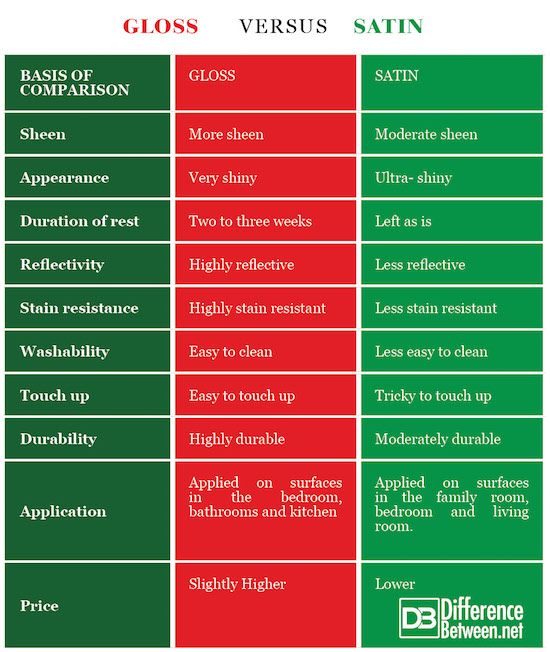


Results: again, you can find it on git here. #if our line contains our pattern, write the matched data to the screen $file = get-content "$PSScriptRoot\MOCK_DATA.txt" Then an symbol, more word character, then a dot, then more word characters! Hint: The emails seem to all be First letter followed by last name, so just some word character. We’ll use the same shell as we had in the last post and the same MOCK_DATA as before. We’ll still use -match and $matches for now, but we’ll use some other things to leverage RegEx once we are comfortable with the basic symbols.

Lets put it together and try a couple things. We will talk about \p in a future post to match more specific symbol groups. REJEX® has a higher refractive index than waxes and therefore produces stronger, deeper-looking colors and a glossy, long-lasting finish.Three of these are the most common to get started: These are case sensitive (lowercase), and we will talk about the uppercase version in another post. Could be useful for links that may or may not have an “s” for “http”/”https”Ĭharacter classes like \d are the real meat & potatoes for building out RegEx, and getting some useful patterns. We can use so you can say “this may or may not be here”. Add special properties to a normal character: \d is used to look for any digit (we’ll see more of these in a bit).\\ is used for a literal back slash character. Take special properties away from special characters: \. would be used to represent a literal dot character.\ is the escape character for RegEx, the escape character has two jobs:
#DIFFERENCE BETWEEN REJEX HIGH GLOSS PROTECTIVE FINISH WINDOWS#
is used to represent any single character, aside from a newline, so it will feel very similar to the windows wildcard ?

Today we’ll ease in with some of the basics to get us going, but later we will expand on these and see some other options we have. I mentioned the most important thing is to understand the symbols. Last post we talked a little bit about the basics of RegEx and its uses. when bugs and other contaminants begin sticking to leading edges of wings and front bumpers, when brake dust begins sticking more tenatiously to wheels, etc.).Welcome back to the RegEx guide.


 0 kommentar(er)
0 kommentar(er)
